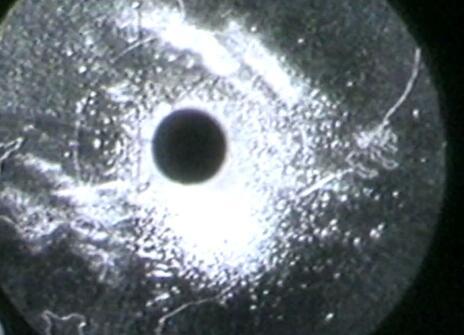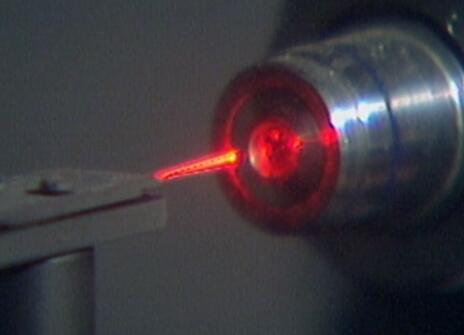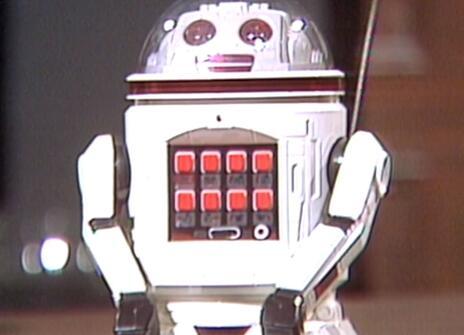Lecture 6 – Computers
From the 1985 lecture programme:
Computers were first created as calculating machines for the manipulation of numbers. Later it was realised that their ability to store and transmit information need not be restricted to mere numbers but could include written information and even instructions to control the computer itself. Such a programmable computer saves its operator a great deal of time and effort in manipulating all kinds of data. As technology progressed from mechanical gadgets to circuits using electronic valves, transistors and then microchips, there were enormous improvements in reliability, speed, size, complexity and cost. We will follow some of these developments and see how they are used to produce the instruments that are now so familiar.
The sheer speed of computers allows them to undertake tasks that would otherwise be too tedious. But they can also be programmed to make decisions based upon the information available. If they are then fitted with sensors to provide that information automatically, they become robots capable of responding to the world around them and even manipulating it themselves physically. They can even be made to respond to spoken instructions and to reply with artificial voices. There are clear parallels with the brain and body of a living creature. We will use working examples to explore these similarities but we must also consider the differences. Understanding both the limitations of computers and their great potential for complementing our own abilities is now becoming a part of essential general knowledge.
About the 1985 CHRISTMAS LECTURES
From the 1985 lecture programme:
People communicate all the time. A lecture is one special kind of communication but we communicate with each other in a wide variety of different ways, for otherwise, life itself would be impossible. The basic principles are really quite simple but the details are endless and fascinating. We will explore together the fundamental 'rules of the game’ of communicating and use them to examine a wide range of different examples.
The thread will run from personal exchanges and the rich variety of methods used by animals to modern telecommunications systems. A special branch of the subject is the use of echoes by radar and bats, which show remarkable parallels in their operation. Communication systems also link all parts of the body, coordinating its external actions and its internal maintenance under the ultimate control of the brain. This will lead us finally to computers that mimic many aspects of brain function and now extend our mental abilities enormously. Indeed, we will use computers for many demonstrations throughout the series of lectures.
All these topics will take us from the microscopic scale of silicon chips and nerve membranes to worldwide technology and even deep into space. We shall need to draw upon elements of chemistry, engineering, physics, zoology and many other branches of science for the subject is truly universal in scope.





